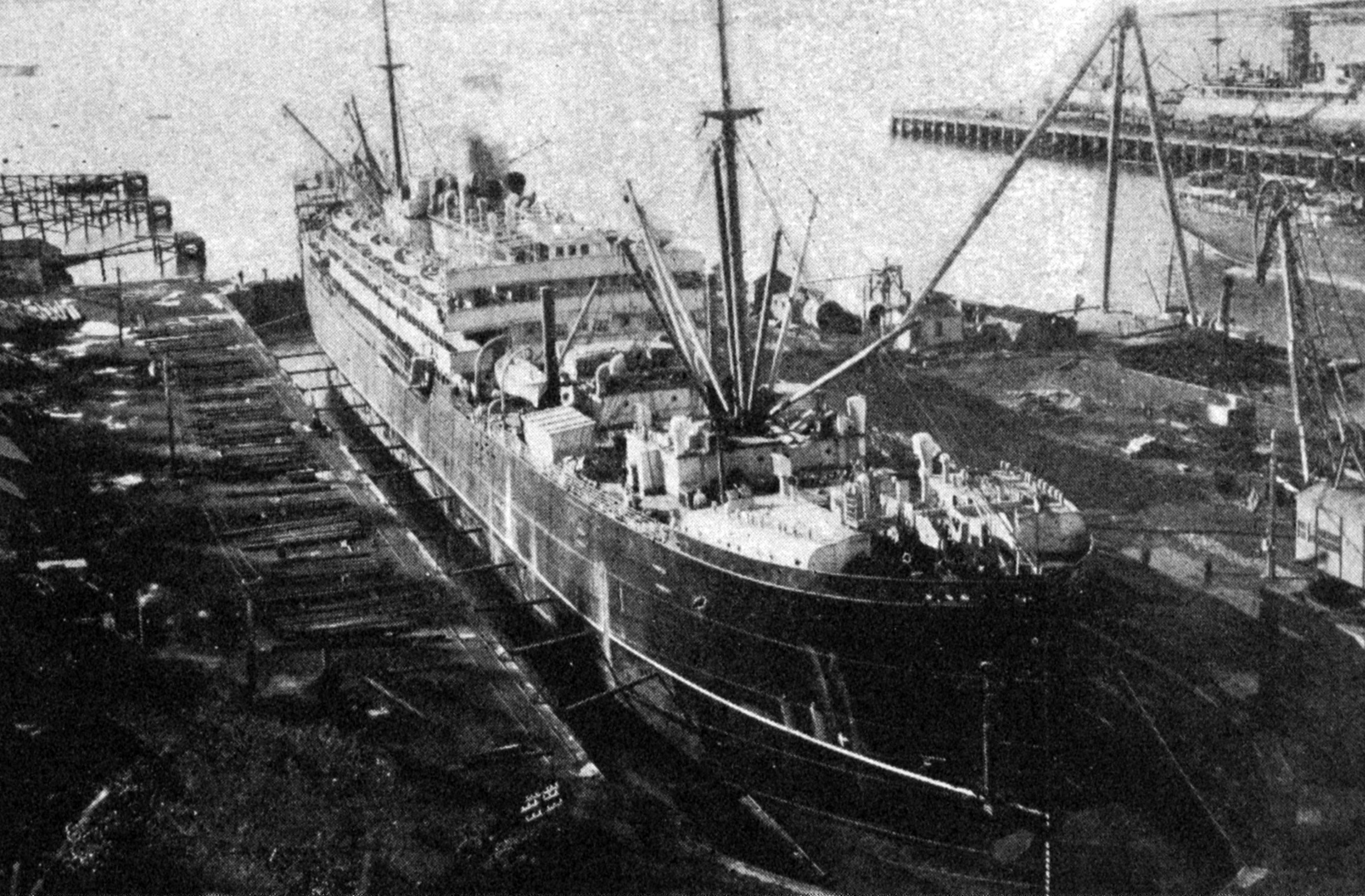
The guests numbered about 90, representative of the principal sections in the community.
The chair was occupied by Mr D. Larnach (chairman of the board), who was supported on his right by the Mayor of the city (Mr H.L. Tapley) and on his left by Mr P.C. Neill, the only surviving member of the first Harbour Board formed in Dunedin.

Charts which were compiled in 1850 showed that the depth in the north channel approaching the Heads was sufficient for vessels drawing up to 21 feet, and that this depth was available practically up to Port Chalmers. They now had at the entrance 40 feet at low water with a rise of 6 feet and vessels drawing up to 27 feet could be safely brought up and berthed at Port Chalmers at low water, and vessels drawing 35 feet at high water.
Scouts fundraise for camp
A big jamboree of Boy Scouts from all over New Zealand, Australia and the Pacific Islands is to be held in Dunedin during the progress of the Exhibition, possibly in January, 1926. The boys will go into camp for a fortnight at Ravensbourne, and during that time will give displays at the Exhibition and will hold various athletic contests. This will not only form an additional attraction for the Exhibition, but it will be of incalculable value to the boys from an educational and physical point of view.
While each Boy Scout will contribute a certain amount towards expenses, it is estimated that an additional £1500 will be necessary to hold the jamboree. To raise the sum, the local Boy Scouts have been organised to perform jobs about our homes in return for whatever sums the public may see fit to subscribe.
Alpine antelope spread
During recent years the chamois imported to New Zealand through the influence of the late Emperor of Austria, Franz Josef, have increased in numbers in the Hooker and Tasman Valleys at Mount Cook, and now are often seen by climbers and by tourists. There is now evidence that they are spreading to other parts and have actually crossed the Main Divide. Writing from Waiho Gorge on June 25, Messrs Graham brothers state: "It is interesting to note that during the season one chamois was seen on the slopes of Mount Moltke, and later on the footprints of four more were seen on the Bird Range below the Aimer Glacier."
— ODT, 9.7.1924 (Compiled by Peter Dowden)












